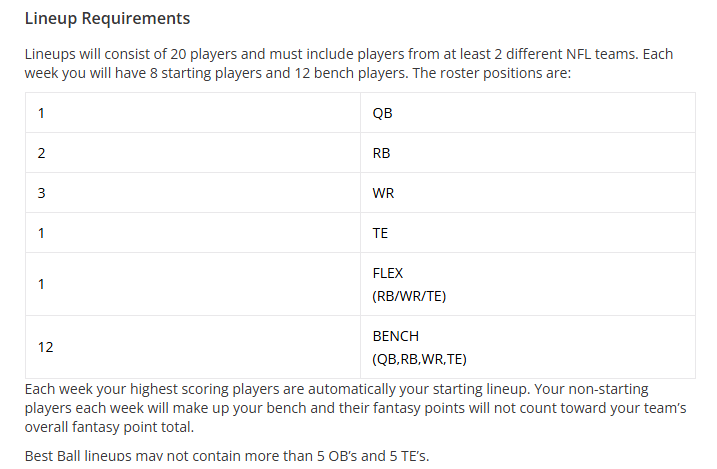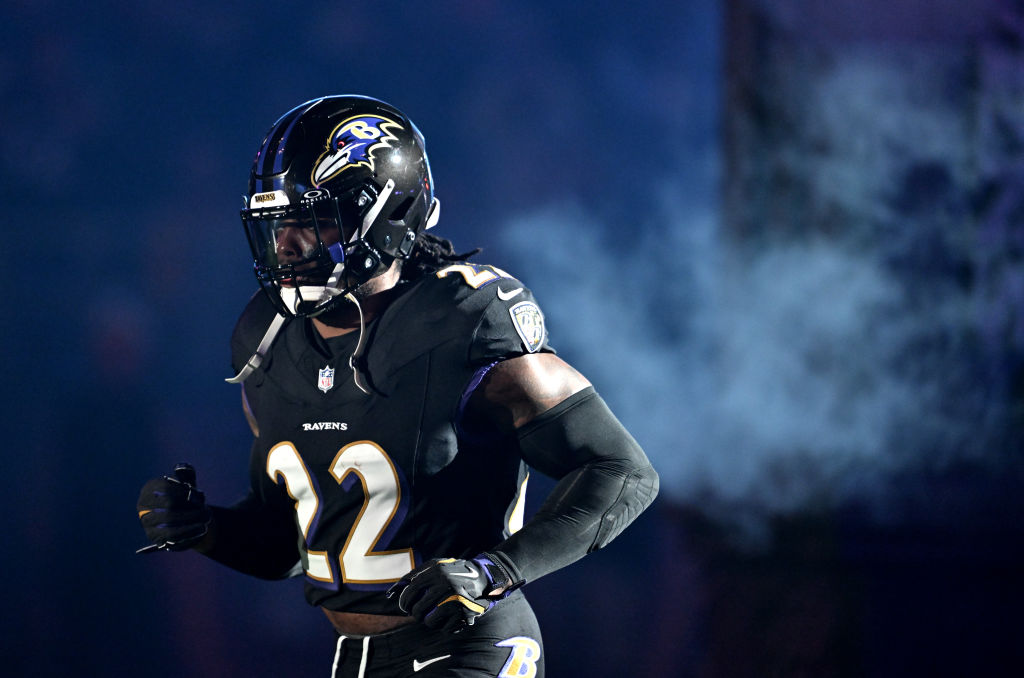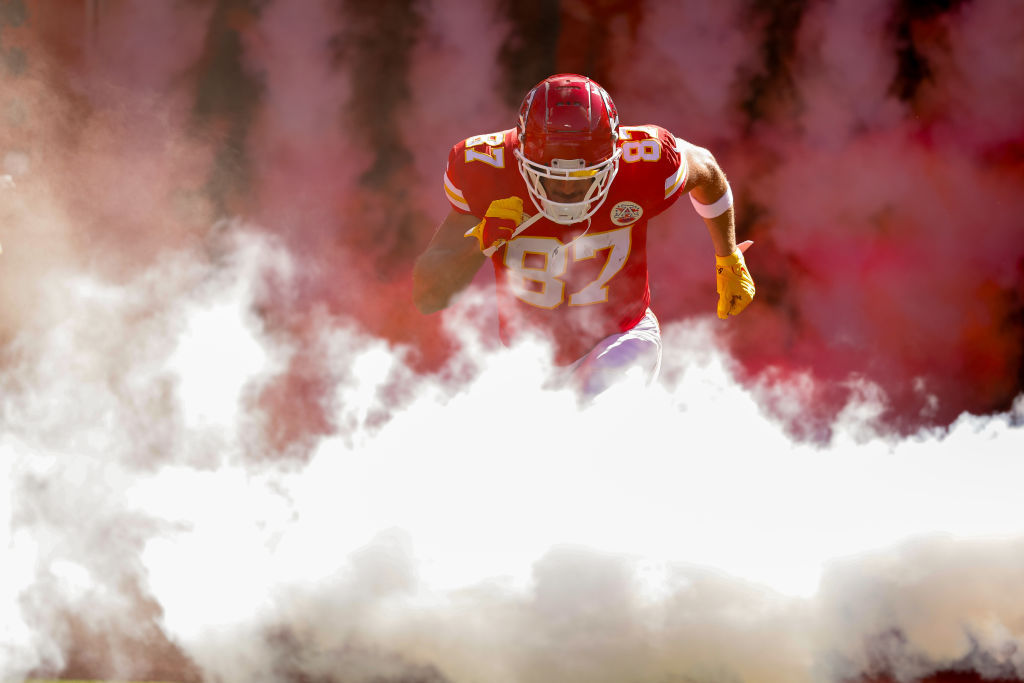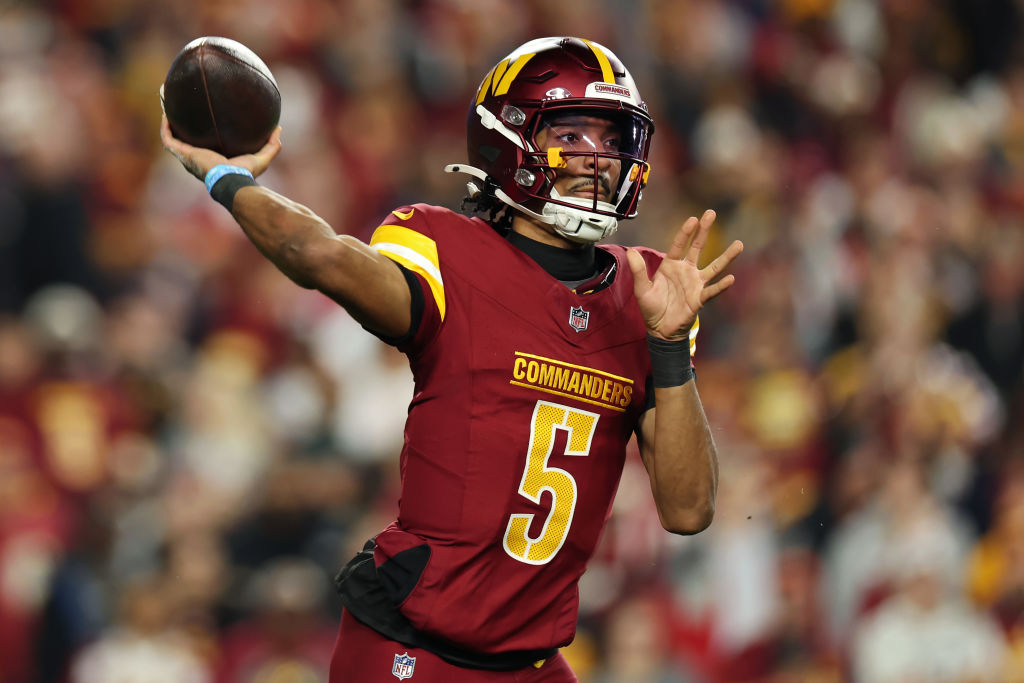
Download the DraftKings Daily Fantasy app now using code EDGE25 to draft your $20 Best Ball lineup to play for a share of $15 million—and get a second ticket to play FREE for a share of $15 million. That’s two chances to win big without ever setting your lineup again. Draft One, Get One—only on DraftKings using code EDGE25!! The Crown Is Yours. Do you want to try a FREE month of DailyEdgeSports? We’ve got you covered! Check out www.dailyedgesports.com/free-offer/

Best Ball Season is Here
Best Ball fantasy football has exploded in popularity in recent years, and DraftKings offers one of the premier platforms for players looking to dive into this exciting format. Unlike traditional season-long leagues where you have to constantly monitor the waiver wire and make weekly lineup decisions, Best Ball is a “set it and forget it” style of play—your optimal lineup is automatically submitted each week based on your drafted roster.
However, just because you don’t manage your team week to week doesn’t mean there’s no strategy involved. In fact, success in Best Ball—especially in large-field tournaments—depends heavily on how well you draft. From roster construction and positional balance to stacking and bye week planning, smart drafting can give you a real edge over the competition.
In this article, we’ll cover the foundational strategies for Best Ball drafting, helping you build competitive teams and make the most of your entries in these high-upside tournaments.
Scoring
One of the most important factors to consider in any fantasy football league is the scoring system and roster construction—and DraftKings Best Ball is no exception. These leagues use full PPR (point per reception) scoring, which increases the value of pass-catching players. Running backs who are heavily involved in the passing game and high-volume wide receivers become even more important in this format, compared to leagues where receptions carry less weight. Additionally, DraftKings awards bonus points for 100-yard rushing or receiving games and 300-yard passing games, further emphasizing the importance of players with high yardage potential.
Roster
DraftKings Best Ball drafts consist of 20 rounds, but only 8 players will contribute to your weekly score: your top-scoring quarterback, two running backs, three wide receivers, one tight end, and one flex (RB/WR/TE). These players automatically make up your lineup each week based on performance—no need to set a roster manually.
Because only 8 players score each week, how you use your 20 draft picks is critical. Your draft strategy should account for both maximizing upside and ensuring depth at each position. It’s also important to stay flexible and adjust your approach based on how the draft unfolds.

Make sure you download the DraftKings Daily Fantasy app using code EDGE25 to draft your $20 Best Ball lineup to play for a share of $15 million and get a second ticket to play FREE for a share of $15 million.
Schedule
DraftKings Best Ball Tournaments are structured across four rounds, spanning 12 total weeks of NFL action. The first round covers Weeks 1–14 of the NFL season. During this phase, you’re grouped with 11 other teams, and typically the top 2 teams in each group advance to the next round.
Round 2 takes place in Week 15, followed by Round 3 in Week 16. In each of these single-week rounds, only the top team—or in some formats, the top 2—advance to the next stage.
The final round occurs in Week 17, where all remaining teams are placed into one large pool. The team with the highest score that week wins the tournament.
Because the tournament progresses week by week in the playoffs, it’s crucial to think ahead when drafting. Pay close attention to matchups during Weeks 15–17 to avoid being stuck with difficult schedules or limited options late in the season. Targeting players with strong end-of-season outlooks can make a big difference when it matters most.
Drafting
When drafting for a DraftKings Best Ball tournament, there are several key factors to keep in mind. First and foremost, focus on building a balanced roster—avoid overloading any single position too early. For example, if you finish the first seven rounds with two quarterbacks and five running backs, you may find yourself scrambling to fill out your wide receiver group, potentially missing out on high-upside options.
That said, always stay flexible and be ready to take advantage of value. If a player you have ranked highly falls well below their expected draft position, don’t hesitate to grab them—even if it slightly shifts your positional plan. Finding the right balance between structure and adaptability is key to a successful draft.
A common roster construction strategy in DraftKings Best Ball is to aim for at least 2 quarterbacks, 6 running backs, 8 wide receivers, and 2 tight ends. That leaves you with 2 remaining draft picks to use flexibly based on your team’s needs and how the draft unfolds. If you’ve drafted a player with a higher risk of injury, you might consider selecting their backup for added insurance. On the other hand, if you spend an early pick on an elite quarterback, you may choose to draft only one more at the position and use the extra draft capital to build more depth elsewhere. Ultimately, your roster construction should adapt to your specific draft strategy and how the board falls during the draft.
Stacking is a smart strategy to consider during your Best Ball draft. This involves pairing players from the same offense—typically a quarterback with one or more of his top pass catchers. For example, if you draft a high-end wide receiver, it may make sense to also target his quarterback, even if he’s not one of the top-tier options. The logic is simple: if your receiver has a big game, there’s a good chance the quarterback does too, which can give your team a significant scoring boost.
However, it’s important not to overdo it. Avoid loading up on too many players from the same offense, especially if it’s a low-scoring or inconsistent unit. For instance, drafting a running back and two pass catchers from a struggling team could lead to those players capping each other’s production. The key is to stack strategically while still diversifying your roster to maximize upside.
Multiple Entries
One of the final—and often overlooked—factors to consider when entering a Best Ball tournament is how many teams you plan to draft. If you’re only entering a single lineup, your focus should be entirely on building the best possible team in that moment, reacting to the draft board and maximizing value without worrying about long-term portfolio strategy.
However, if you’re entering multiple teams, your approach should shift slightly. In that case, it’s important to monitor your exposure to specific players across drafts. Having too many shares of the same player can be risky—if that player underperforms or gets injured, a large portion of your entries could be negatively impacted. To give yourself the best chance of success, diversify your rosters and manage your player exposure carefully when drafting multiple teams. A well-balanced portfolio increases your chances of at least a few lineups making deep tournament runs.
Now is the time! Download the DraftKings Daily Fantasy app using code EDGE25 to draft your $20 Best Ball lineup to play for a share of $15 million and get a second ticket to play FREE for a share of $15 million.
If you sign up for DraftKings Daily Fantasy App via links on our site, we may earn an affiliate commission.
Want a free month of our Elite Tier Membership? All you have to do is sign up with one of our partners using the code CASHKEG! Visit our website for more details HERE.
If you are looking for an edge on more plays, check us out at Daily Edge Sports!
Image Credit: Getty Images



